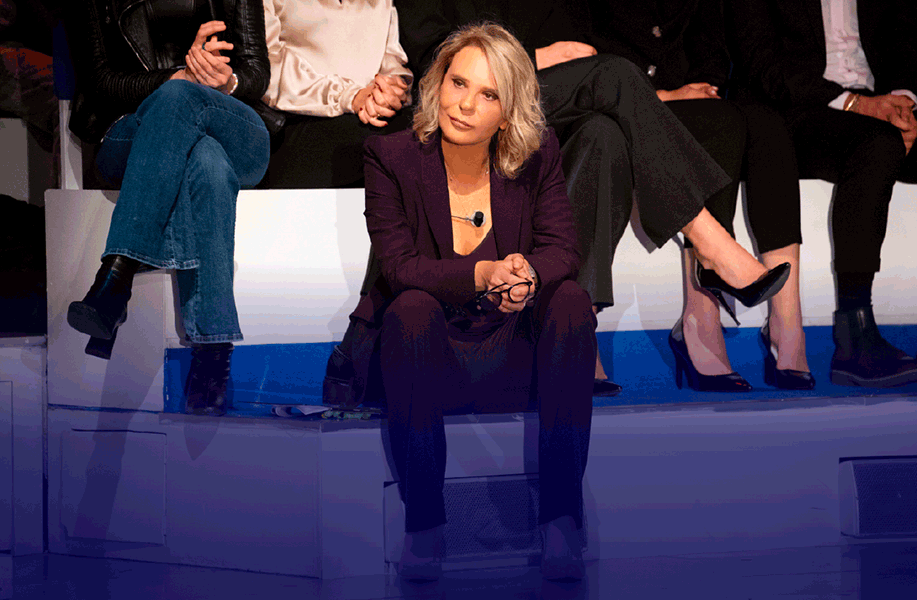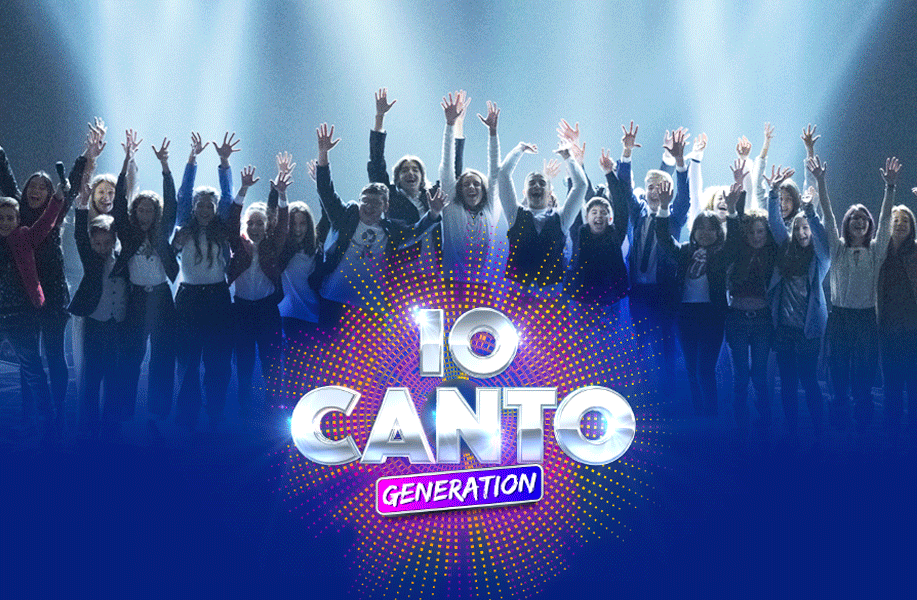On the second day at Nem Zagreb, (Hotel Esplanade, December 10-12,2024) the session titled State of Play in the CEE vs. High-Production Countries, moderated by Maria Rua Aguete, Executive Director and Technology Fellow at Omdia, delved into the pressing challenges and opportunities in the Central and Eastern European (CEE) television industry. The panel featured prominent voices, including Steve Matthews (Content Executive, Banijay), Marc B. Lorber (Executive Producer, The Art of Coproduction), Marina Williams (Co-Founding Partner, Asacha Media Group), and Karolina Socha-Kalinowska (Head of International Relations, Telewizja Polska). Together, they explored how the CEE region can effectively compete with high-production countries, emphasizing collaboration, local authenticity, and economic advantages.
Maria Rua Aguete kicked off the discussion by highlighting the uphill battle for the CEE region in competing with wealthier countries. She asked whether producing niche content that may not appeal to global audiences is a sustainable strategy.
Marc B. Lorber provided a candid perspective: “It’s always the wealthy countries with significant currencies—the euro, the pound, the dollar—that dominate. They have more funding bodies, more commissioning opportunities, and generally more resources.” However, he stressed that these “wealthy countries” increasingly rely on partnerships, which presents an opening for CEE players. “Economic co-productions can become organic, especially for countries in the EU that can benefit from tax credits and lower production costs,” Lorber added.
Marina Williams shared a compelling success story that demonstrated the potential of cross-regional collaboration. She described a recent co-production involving Serbia and Spain, based on a novel by Spanish author Juan Gómez-Jurado. “The book was a massive hit in the Balkans, especially in Serbia. This unexpected discovery made Serbia a natural partner for the project,” Williams explained. The production, supported by RTVE and Amazon, showcased how soft money and public-private partnerships can fuel creative endeavors.
Steve Matthews, representing Banijay, noted the advantages of service production in CEE. “The region has significant cost benefits and skilled crews,” he said. Matthews highlighted Poland as a standout market: “Poland is large enough that a local hit can be considered a success. Smaller countries, however, need to collaborate to amplify their reach.” He referenced a Polish adaptation of a Dutch format as an example of localized success.
The panelists debated the importance of retaining local authenticity versus aiming for international appeal. Matthews underscored the risk of diluting a project’s essence for broader audiences. “A project without heart won’t resonate, even if it’s tailored for global viewers. The key is balancing creative integrity with marketability,” he said.
Karolina Socha-Kalinowska echoed this sentiment, emphasizing that public broadcasters in the region have a responsibility to prioritize local audiences. She highlighted the Heart of Europe TVP Festival Forum, a platform launched by Telewizja Polska to foster regional co-productions. “We need spaces to meet and collaborate,” she said, noting that regional partnerships are essential for growth.
The panel concluded with a consensus that the CEE region has unique strengths—diverse cultures, cost efficiencies, and an increasingly skilled workforce. To compete effectively with high-production countries, the region must leverage these assets while fostering collaboration across borders.
Marina Williams summarized it best: “Success starts with finding the right story and the right partners. It’s not easy, but when it works, it’s magic.”
The panel left attendees with a clear message: the future of the CEE television industry lies in its ability to embrace collaboration, invest in local talent, and tell authentic stories that resonate both locally and internationally.


_12287.png)







